The poster child for generative AI software is a startling human mimic. It represents a potential new era in research, but brings risks.


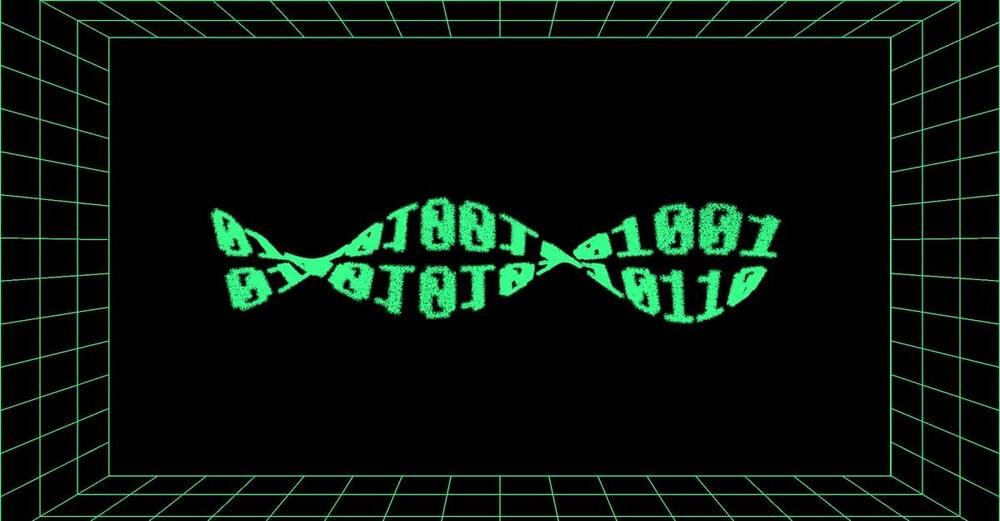
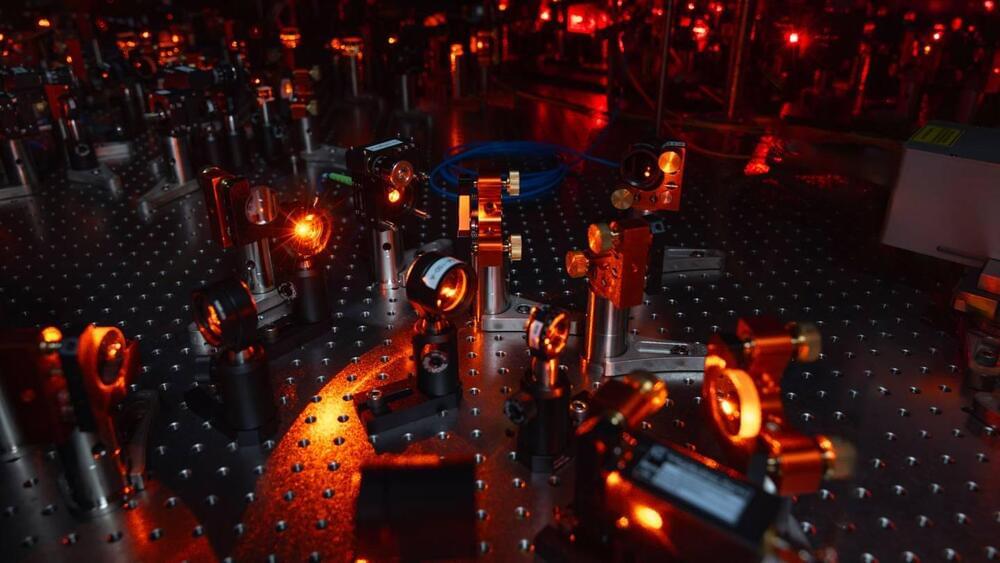
📸 Look at this post on Facebook https://www.facebook.com/share/zGyj2HkjpKbdLqCj/?mibextid=WC7FNe
The scientific feat is also ‘a breakthrough for practical applications because entangled molecules can be the building blocks for many future applications. says physicist Lawrence Cheuk.
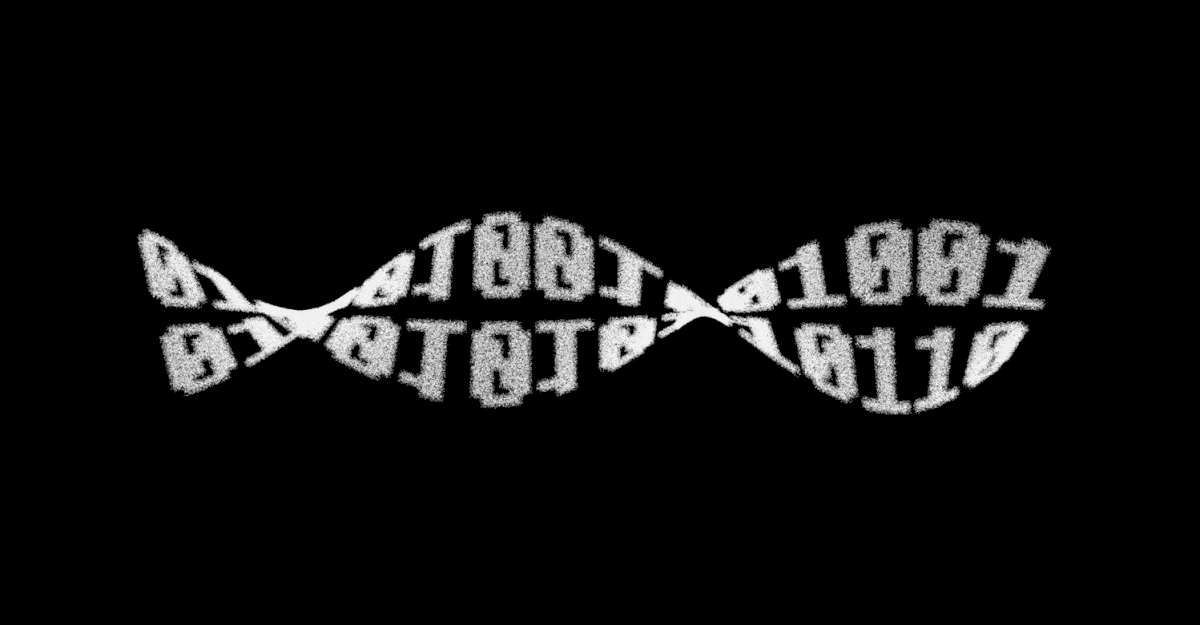
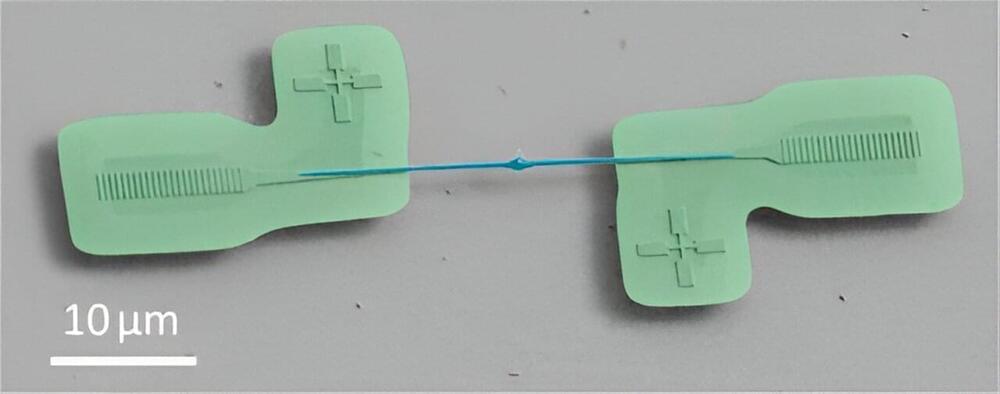
Quantum information scientists are always on the hunt for winning combinations of materials, materials that can be manipulated at the molecular level to reliably store and transmit information. Following a recent proof-of-principle demonstration, researchers are adding a new combination of compounds to the quantum materials roster.
In a study reported in ACS Photonics, researchers combined two nanosized structures—one made of diamond and one of lithium niobate—onto a single chip. They then sent light from the diamond to the lithium niobate and measured the fraction of light that successfully made it across.
The greater that fraction, the more efficient the coupling of the materials, and the more promising the pairing as a component in quantum devices.
Is it possible to invent a computer that computes anything in a flash? Or could some problems stump even the most powerful of computers? How complex is too complex for computation? The question of how hard a problem is to solve lies at the heart of an important field of computer science called computational complexity. Computational complexity theorists want to know which problems are practically solvable using clever algorithms and which problems are truly difficult, maybe even virtually impossible, for computers to crack. This hardness is central to what’s called the P versus NP problem, one of the most difficult and important questions in all of math and science.
This video covers a wide range of topics including: the history of computer science, how transistor-based electronic computers solve problems using Boolean logical operations and algorithms, what is a Turing Machine, the different classes of problems, circuit complexity, and the emerging field of meta-complexity, where researchers study the self-referential nature of complexity questions.
Featuring computer scientist Scott Aaronson (full disclosure, he is also member of the Quanta Magazine Board). Check out his blog: https://scottaaronson.blog/
Read the companion article about meta-complexity at Quanta Magazine: https://www.quantamagazine.org/complexity-theorys-50-year-jo…-20230817/
00:00 Introduction to the P vs NP problem.
02:16 Intro to Computational Complexity.
02:30 How do computers solve problems?
03:02 Alan Turing and Turing Machines.
04:05 George Boole and Boolean Algebra.
05:21 Claude Shannon and the invention of transistors.
06:22 John Von Neumann and the invention of the Universal Electronic Computer.
07:05 Algorithms and their limits.
08:22 Discovery of different classes of computational problems.
08:56 Polynomial P problems explained.
09:56 Exponential NP Problems explained.
11:36 Implications if P = NP
12:48 Discovery of NP Complete problems.
13:45 Knapsack Problem and Traveling Salesman problem.
14:24 Boolean Satisfiability Problem (SAT) defined.
15:32 Circuit Complexity Theory.
16:55 Natural Proofs Barrier.
17:36 Meta-complexity.
18:12 Minimum Circuit Size Problem (MCSP)
- VISIT our Website: https://www.quantamagazine.org.
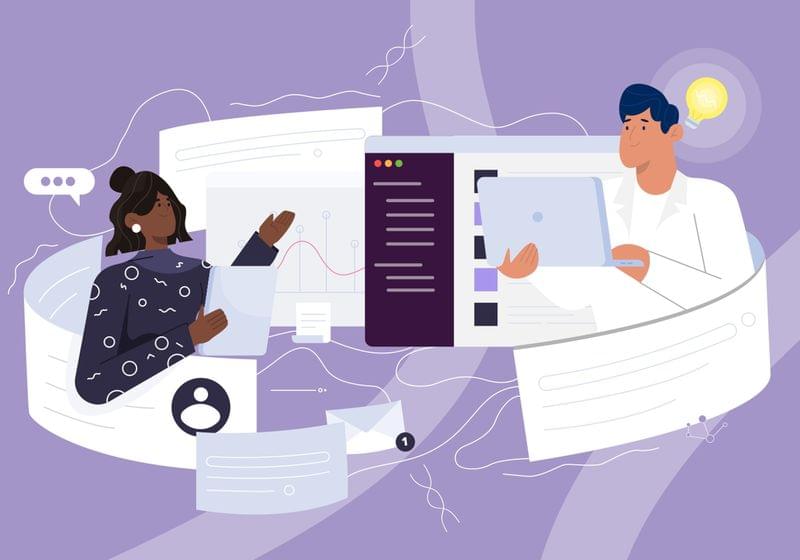

You’ve seen the headlines. “A scientist may have proven we live in a simulation!” scream the papers.
“Wow, that’s amazing!” think millions of people as they click the headline to unlock the universe’s secrets.
Our excited curiosity turns to disappointment when we read the article and discover the truth.
In Episode 6 of the Lifespan podcast, Dr. David Sinclair and co-host Matthew LaPlante discuss cosmetic aging and how to improve skin, nails, and hair. They talk about why superficial aging occurs and how external signs of aging are often a reflection of biological age. The latest science behind various beautifying therapies is highlighted, including newer interventions like low-level laser therapy and platelet-rich plasma injections. #DavidSinclair #Longevity #SkinCare T.
In this episode, Dr. David Sinclair and co-host Matthew LaPlante discuss why we age. In doing so, they discuss organisms that have extreme longevity, the genes that control aging (mTOR, AMPK, Sirtuins), the role of sirtuin proteins as epigenetic regulators of aging, the process of “ex-differentiation” in which cells begin to lose their identity, and how all of this makes up the “Information Theory of Aging”, and the difference between “biological age” and “chronological age” and how we can measure biological age through DNA methylation clocks. #Aging #DavidSinclair #Longevity